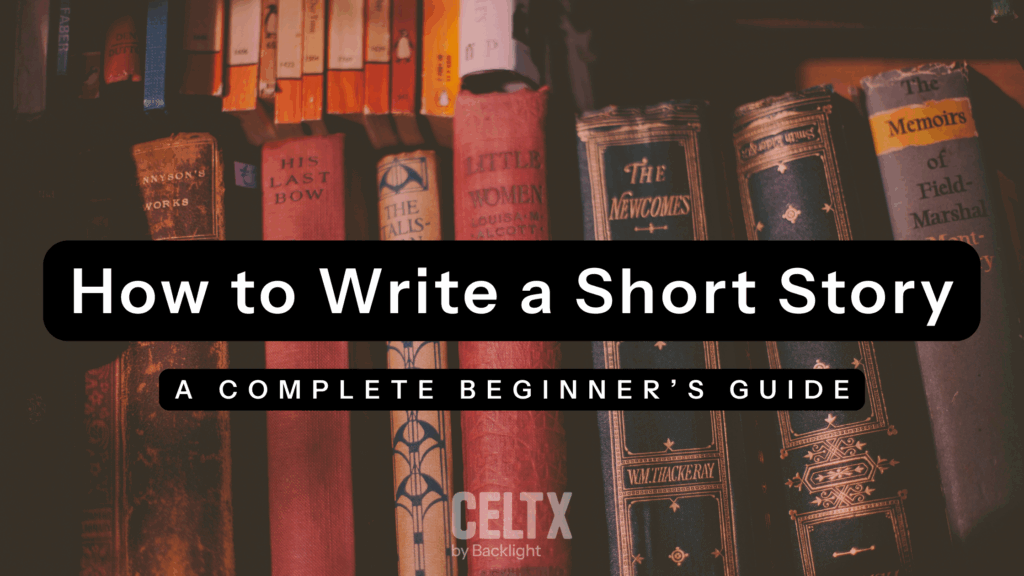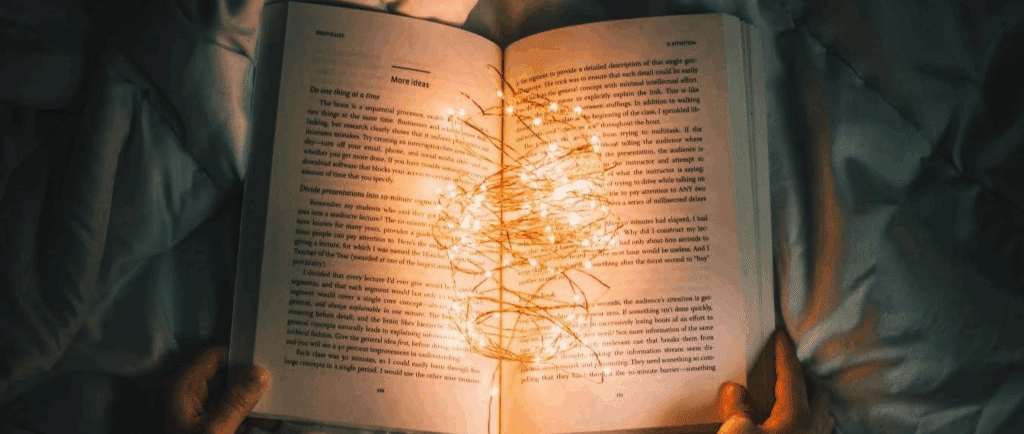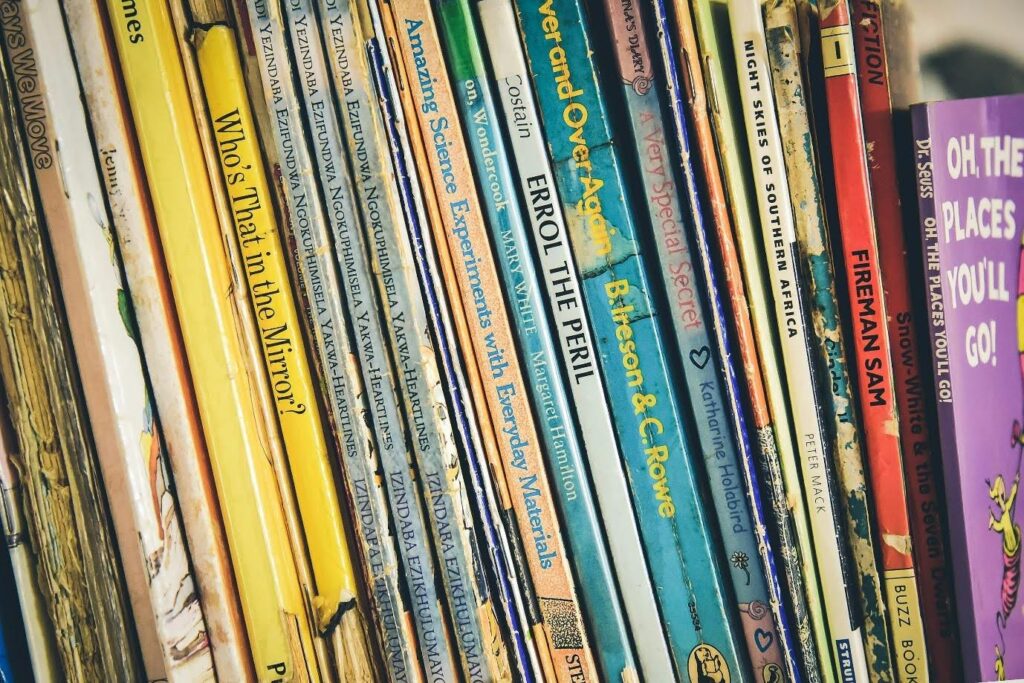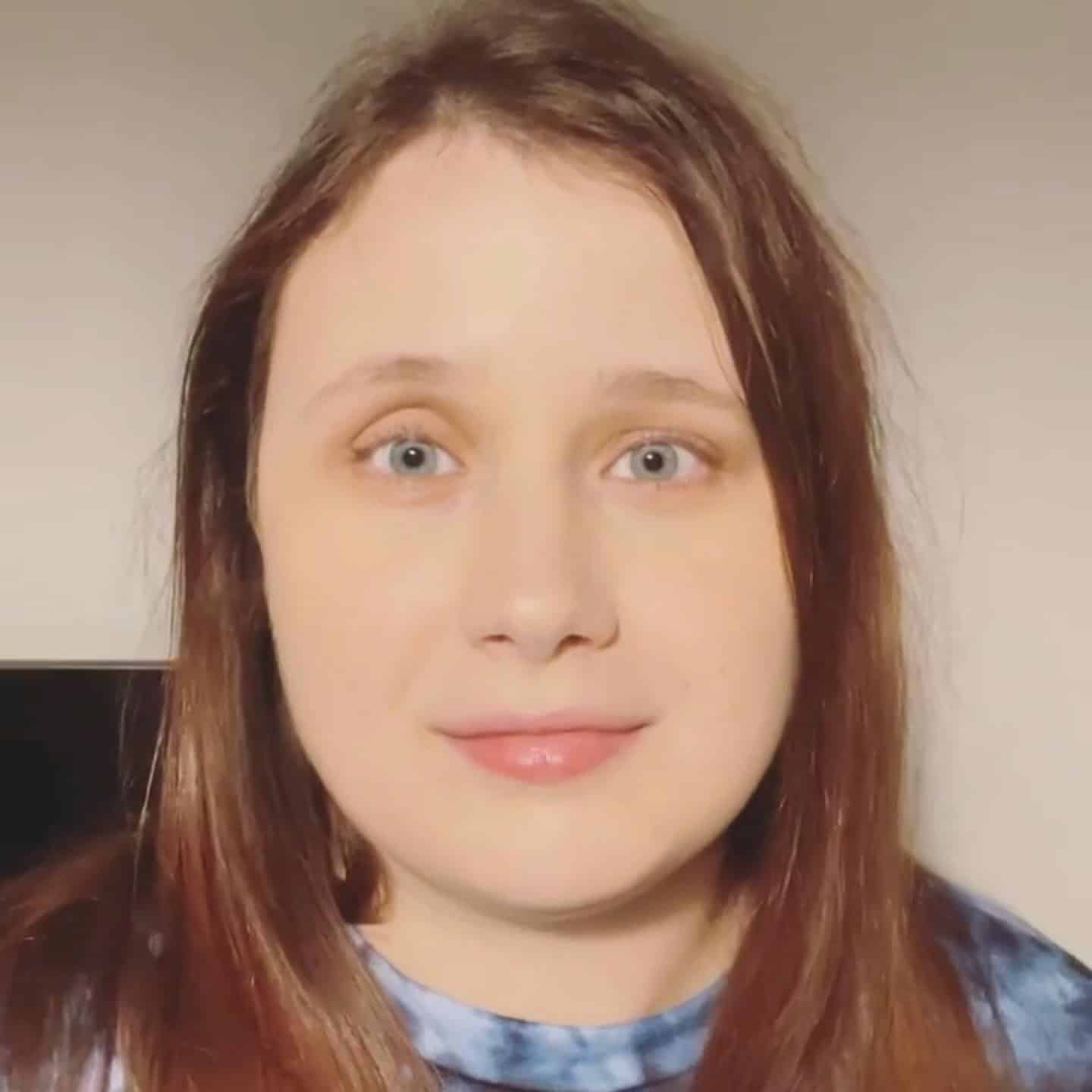
If you’re looking to improve your storytelling, or become the next Alice Munro, writing a short story is one of the best ways to work on your craft.
Yes, short stories are brief, but they require every bit as much care and intention as a full-length novel. In fact, writing short stories can be even more challenging as you need to create an immersive world, believable characters, and a satisfying narrative arc, all within a limited word count.
In today’s blog, we’ll cover everything you need to know about writing an effective and memorable story from scratch. And don’t worry if you’ve never written fiction before – this guide is just for you!
“I would also suggest that any aspiring writer begin with short stories. These days, I meet far too many young writers who try to start off with a novel right off, or a trilogy, or even a nine-book series. That’s like starting in at rock climbing by tackling Mt. Everest. Short stories help you learn your craft.” – George R.R. Martin

Table of Contents
- What is a Short Story?
- Short Story Structure & Pacing
- Creating Compelling Characters in Limited Space
- Endings That Land
- Short Story vs. Short Film
- Classic Short Stories
- FAQ
- Conclusion
What is a Short Story?
A short story is a piece of prose fiction typically ranging from 1,000-7,500 words.
Unlike novels, which allow for subplots, multiple perspectives, and elaborate worldbuilding, short stories focus on a single idea, conflict, or moment of change. Every single word counts in a short story, with little room for detours.
You’ll find that short stories will often revolve around one or two characters, centring on a pivotal incident or emotional turning point. It may explore a universal theme, focus on a moral dilemma, or simply capture a slice of life.

While a short story may seem like a fleeting moment, the beauty of it is in his focus; there’s just enough space to ask a compelling question or raise an interesting problem, but not always answer it fully, leaving room for audience interpretation.
So, what are the key characteristics of a short story?
- Brevity (between flash fiction and novella – 1,000 to 40,000 words)
- Focused scope (a single conflict or theme)
- Limited characters (usually no more than a handful)
- Impactful (emotional or thematic resonance is crucial)
Classic examples of some of the best stories include The Lottery by Shirley Jackson, The Tell-Tale Heart by Edgar Ellen Poe, and A Good Man is Hard to Find by Flannery O’Connor.
Short Story Structure & Pacing
Yes, short stories are brief, but they still follow a recognizable narrative structure. Here’s a simple five-step version that’s great to use as a starting point:
1. Hook
Start with a strong opening. You only have a few lines to grab the reader’s attention. The opening can be anything from a provocative first sentence, a striking image, or an intriguing character is motion.
The key is to avoid backstory or long exposition.
For example, you could start with “He had never killed anything before – not even a spider”, creating instant tension.
2. Inciting Incident
Something changes in the world of your character. Either a decision must be made, a problem arises, or a relationship shifts. This is where the story truly begins.
3. Rising Action
Your character reacts to the inciting incident and makes choices while facing obstacles. Unlike novels, you can’t afford multiple scenes building up to a beat. Instead, every single beat should move the story forward.

4. Climax
This is the moment of highest tension where your character makes a pivotal decision or experiences a major revelation. The stakes, emotional or otherwise, should be clear.
5. Falling Action and Resolution
Wrap things up quickly. Let the reader understand the consequences of the climax. Some short stories end abruptly or ambiguously, where others offer a clear conclusion.
Both can work. It completely depends on the effect you want.
Top Tips for Pacing Your Short Story
- Jump into the action quickly
- Limit scene changes
- Use dialogue and action to reveal character
- Cut anything that doesn’t serve the story’s core
Keep your story structure sharp with Celtx’s script writing software — perfect for shorts, scripts, and more.
Click here to get started!
Creating Compelling Characters in Limited Space
Just as the plot needs to move quickly, you will also need to develop your characters in the same way. It’s one of the greatest challenges of story writing as you don’t have time for extensive backstories or multiple points of view.
Here are our short story top tips on how to create compelling characters within tight word counts.
1. Start with a Desire
Great characters want something, even if it’s something as straightforward as revenge, love, escape or forgiveness. It’s that desire that drives the plot forward and reveals who they are through their actions.
“Find the key emotion; this may be all you need know to find your short story.” – F. Scott Fitzgerald
2. Use Specific Details
You don’t need a long biography. Just a few well-chosen details can make a character feel authentic. Think about what they wear, how they speak, what they notice, or how they react under pressure.
For example, instead of saying something like “John was nervous”, you could say “John tapped the edge of his coffee cup until the rim chipped”.

3. Let the Reader Interpret Your Writing
Show don’t tell. Yes, you may have heard this piece of advice many times, but it always rings true. You must give readers the chance to deduce from subtext and implication. Trust them to connect the dots as they read.
4. Limit the Cast
Focus on one or two characters only. More than three in a short story often feels crowded unless you’re highly skilled at characterization.
5. Reveal Through Action
Let your characters make choices that drive the story. How they act in tough situations reveals far more than what they say about themselves.
“The great thing about a short story is that it doesn’t have to trawl through someone’s whole life; it can come in glancingly from the side.” – Emma Donoghue
Endings that Land
A good ending doesn’t have to be happy, or even conclusive. It should feel earned, however! The reader should come away with a sense of completion, whether emotional, thematic or narrative.
So, what can an effective ending look like? Here are some examples:
Types of Effective Endings
- A Twist Ending
This is a surprise that recontextualizes the story at the end, e.g. The Lottery.
- Circular Ending
Returns to a theme or image from the beginning, bringing the story full circle.
- Open-Ended
This ending leaves questions unanswered but still resonates, leaving the audience with a lasting emotion.
- Resolution
The protagonist solves the central problem or comes to an internal realization.

How to Nail the Ending
Once you’ve worked out how you want to wrap up your story, here are some ways you can absolutely nail it, leaving the audience reeling.
First, echo the beginning of your story to create a feeling of closure. This brings the whole narrative full circle, especially in a short story where there’s limited time.
Endings can feel flat when characters act out of sync, so as you’re writing your ending, stay true to their personalities and the people you’ve developed them to be.
Resist the urge to wrap everything in a neat bow and allow subtext to close your story. Implication can be more powerful than exposition.
Bad endings often come from stories that don’t know what they’re about. Before writing the final paragraph, ask yourself what your story is really saying. Your ending should reflect that.
Write, format, and revise — all in one place. Celtx is made for storytellers at every stage.
Try it today (it’s free)!
Short Story vs Short Film
After all, Celtx is all about screenwriting, so it’d be rude if we didn’t delve a little into the short film and how it compares to a short story.
Although short stories and short films share similarities such as brevity, emotional focus and a central conflict, they function in different mediums with different tools. Let’s compare the two:
| Element | Short Story | Short Film |
| Medium | Written | Visual and Audio |
| Tools | Language, narration, inner thoughts | Acting, sounds, visuals |
| Length | 1,000-7,500 words | Typically, 1-20 minutes |
| Pacing | Flexible, more internal | Tighter, more external |
| Limits | Only your imagination | Budget, location, actors |
A short story can explore interior monologue and abstract ideas more freely, while a short film must rely on visuals and sound to convey emotion. You can adapt between the two, which often involves translating internal thoughts into external action.
For example, a story about grief might focus on a character’s internal dialogue. A short film would show that grief through their actions. Things like visiting a grave, throwing away belongings or sitting silently at a dinner table.
Once you’ve finished reading this post, take a look at our blog all about writing a short film?
Classic Short Stories
The best way to learn to write is to read. Some of the greatest short stories are fantastic tools to help us develop our own craft. Here are our recommendations:
The Lottery by Shirley Jackson
In this story, a small town gathers for an annual ritual that takes a shocking turn. Its themes of tradition, conformity and violence and twist ending are what makes it famous.
A Good Man is Hard to Find by Flannery O’Connor
O’Connor writes about a family trip that goes horribly wrong when they encounter an escaped convict. It’s Southern Gothic at its finest exploring grace, morality, and violence.

The Tell-Tale Heart by Edgar Allen Poe
Themes of guilt and madness are woven through the story of a murderer insisting on his sanity while describing how he hid the body. It’s a great example of how an unreliable narrator is used to create a compelling story.
Hills Like White Elephants by Ernest Hemingway
A man and a woman discuss an unnamed problem at a train station. The ideas of communication, choice and gender are central to the plot, combined with a masterful use of subtext and dialogue throughout.
The Yellow Wallpaper by Charlotte Perkins Gilman
Mental health and gender roles encompass this early feminist story of a woman’s descent into madness, captured through journal entries.
FAQ
How long should a short story be?
Most short stories will fall between 1,000 and 7,500 words. Flash fiction is usually shorter at under 1,000 words. Anything longer may be considered a novelette or novella.
Do short stories need a plot twist?
Not at all. While twists can be powerful, a strong emotional arc or character change is often more impactful.
Can I write a short story in one sitting?
Absolutely. Many writers draft a short story in one burst of energy. However, revision is key. Coming back later with fresh eyes can make a huge difference, making you see things you wouldn’t have seen during the first draft.
Should I outline before writing a short story?
It completely depends on your process. Some writers will outline meticulously, while others will dive in with only a loose idea. If you’re new to writing, try both to see what works for you.
Where can I publish my short stories?
There are many literary magazines, websites, and contests open to short fiction. Examples include Ploughshares, The New Yorker, Clarkesworld, Narrative Magazine, and Flash Fiction Online.
Self-publishing and posting on platforms like Medium or Wattpad are also an option.
Can a short story become a novel later?
Absolutely. Many novels start as short stories. If you find your idea expanding beyond its original form, you can develop it further.
Still need some inspiration to start your short story? Check out our comprehensive list of short story ideas here.

Conclusion
Writing a short story is a rewarding creative challenge. It forces you to focus on what truly matters: character, conflict, and clarity of theme. Whether you’re writing to practice your craft, enter a contest, or explore a new idea, short stories allow you to take creative risks in a manageable format.
Remember, every great writer starts somewhere. Don’t worry about perfection and focus on finishing. Once you’ve completed your first draft, step away, revise, and refine. With time, your voice will emerge, and your stories will resonate more deeply.
Now grab your pen or open that blank document and start writing your story. Someone out there is waiting to read it.
Up Next:

Feature, Documentary, or Short: Which Script Type Fits Your Story?
Once your short story’s on the page, here’s how to decide the best way to bring it to life onscreen.
